Home>Ideas and Tips>Creating A Home Composting System: A Beginner’s Guide
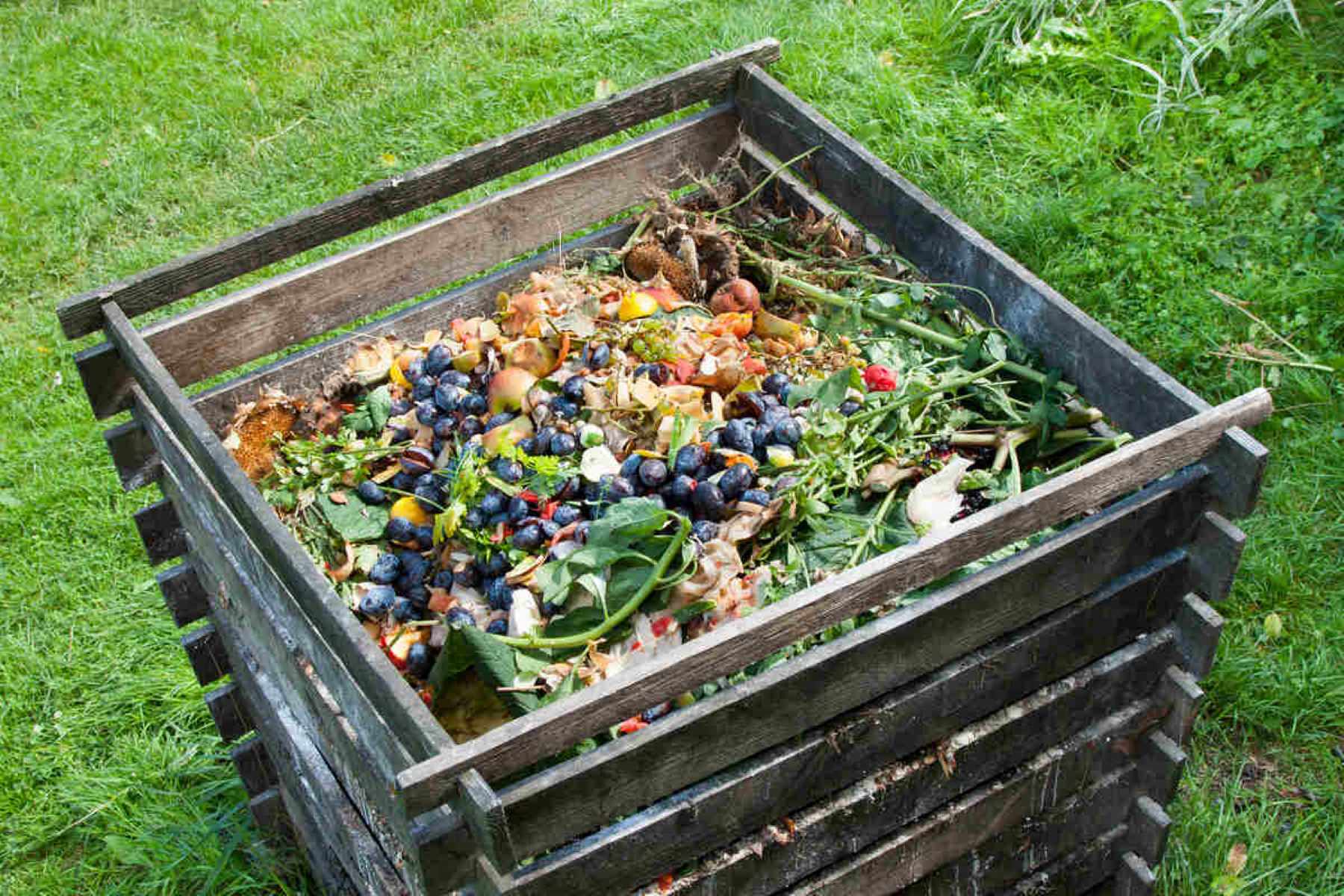

Ideas and Tips
Creating A Home Composting System: A Beginner’s Guide
Modified: October 27, 2024
Learn how to create a home composting system with our beginner's guide. Turn kitchen and garden waste into nutrient-rich compost easily.
(Many of the links in this article redirect to a specific reviewed product. Your purchase of these products through affiliate links helps to generate commission for Storables.com, at no extra cost. Learn more)
Creating a home composting system might seem like a daunting task, but it's actually quite simple once you get the hang of it. Composting is an ancient practice used for centuries to recycle organic waste into a nutrient-rich soil amendment. This process not only reduces the amount of waste sent to landfills but also creates a valuable resource for gardening and agriculture. So, how do you get started with composting at home? Let's break it down.
Understanding Composting
Composting is a natural process where microorganisms break down organic materials into a stable, humus-like substance. This process requires oxygen, water, and the right balance of carbon-rich (brown) and nitrogen-rich (green) materials. The end product, compost, is a rich soil amendment that improves soil structure, fertility, and overall health.
What Defines Compost?
Compost is essentially organic material that has decayed in the presence of oxygen. In nature, decomposition is facilitated by various bacteria, fungi, and animals that need air to do their jobs. As composters, we are simply providing a place for aerobic decomposition to occur and trying to make it happen as fast as possible.
The Importance of Aerobic Decomposition
Aerobic decomposition is crucial for creating high-quality compost. This process involves microorganisms that require oxygen to break down organic matter efficiently. Unlike anaerobic decomposition, which occurs without oxygen and produces unpleasant odors, aerobic decomposition results in a stable and odorless compost.
Choosing the Right Location
Before you start composting, it's essential to choose the right location for your compost pile. Here are some tips:
- Shade: Compost piles should be placed in a shaded area to prevent them from drying out. Direct sunlight can cause the materials to decompose too quickly, leading to odors and pests.
- Accessibility: The location should be easily accessible so that you can add materials regularly without much effort.
- Drainage: Ensure that the area has good drainage to prevent waterlogging, which can lead to anaerobic conditions and unpleasant odors.
Materials Needed
To start composting, you'll need a variety of materials. These can be broadly categorized into green and brown materials.
Green Materials
Green materials are high in nitrogen and include:
- Vegetable Scraps: All parts of vegetables except for seeds and pits.
- Fruit Scraps: Similar to vegetable scraps, but avoid citrus peels as they can be too acidic.
- Grass Clippings: Fresh grass clippings are excellent for adding nitrogen to your compost pile.
- Coffee Grounds: Used coffee grounds are rich in nitrogen and can help speed up the decomposition process.
- Eggshells: Crushed eggshells provide calcium and help with drainage.
- Manure: Chicken or cow manure can be added but should be well-rotted to avoid attracting pests.
Brown Materials
Brown materials are high in carbon and include:
- Leaves: Dry leaves are an excellent source of carbon and help balance out the nitrogen-rich green materials.
- Straw: Dry straw or hay can be used as a carbon source.
- Cardboard: Shredded cardboard helps with aeration and provides carbon.
- Wood Chips: Dry wood chips or sawdust can be used but avoid using treated wood as it may contain chemicals harmful to microorganisms.
Layering Your Compost Pile
Layering is a crucial step in creating a balanced compost pile. Here’s how you can layer your materials:
- Base Layer: Start with a base layer of coarse materials like sticks, branches, or old potting mix. This helps with air circulation and drainage.
- Brown Layer: Add a layer of brown materials like leaves, straw, or cardboard. This layer should be about three to four inches deep.
- Green Layer: Follow with a layer of green materials like vegetable scraps, grass clippings, or coffee grounds. This layer should also be about three to four inches deep.
- Repeat Layers: Continue alternating between brown and green layers until you reach the desired height of your compost pile.
Maintaining Your Compost Pile
Maintaining your compost pile is relatively easy once you've set it up. Here are some tips:
- Moisture: Keep your compost pile moist but not too wet. The ideal moisture level is like a damp sponge.
- Turning: Turn or aerate your compost pile every week or two using a fork or by poking garden stakes through the heap to allow air in.
- Covering: Covering the top of your compost pile helps keep in heat and moisture, which are essential for the decomposition process.
- Avoiding Odors: If you notice unpleasant odors, it may indicate anaerobic conditions or too much green material. Add more brown materials to balance it out.
Common Mistakes to Avoid
While composting is generally easy, there are some common mistakes to avoid:
- Meat and Dairy: Avoid adding meat and dairy products as they can attract pests and create unpleasant odors.
- Pet Droppings: Pet droppings except for chicken manure should be avoided as they can contain pathogens.
- Weeds with Seeds: Weeds with seeds should not be added as they can sprout in your compost and cause problems when you use it in your garden.
- Treated Timber: Avoid using treated timber as it may contain chemicals harmful to microorganisms.
Small-Scale Composting
If you don't have yard space for a compost bin or live in an apartment, there are still ways to compost:
- Community Garden: Participate in a local community garden project and contribute your kitchen scraps to their compost pile.
- Worm Composting: Use a worm composting bin which is a space-saving method that uses worms to break down organic matter.
- Countertop Composter: Invest in a countertop composter which can be used in the kitchen and then transferred to the compost pile when full.
Benefits of Composting
Composting offers numerous benefits both for your garden and the environment:
- Soil Improvement: Compost improves soil structure, fertility, and overall health by adding nutrients and improving water retention.
- Reduced Waste: Composting reduces the amount of waste sent to landfills and prevents powerful greenhouse gases from being emitted into the atmosphere.
- Cost-Effective: Producing your own compost saves money by reducing your need for fertilizers and pesticides.
- Educational: Composting can be an educational activity for children, teaching them about sustainability and recycling.
Conclusion
Creating a home composting system is a simple yet rewarding process that benefits both your garden and the environment. By understanding the basics of composting, choosing the right location, layering your materials correctly, and maintaining your compost pile properly, you can create high-quality compost that will improve your soil's health. Whether you have a large yard or limited space, there are ways to compost effectively. So why not start today and turn your kitchen and garden waste into valuable ‘black gold’?
Additional Tips
- Involving Children: Composting can be an excellent way to involve children in sustainable practices. Encourage them to help with adding materials and turning the pile.
- Monitoring Temperature: Compost piles can get hot during decomposition. Monitoring temperature can help ensure that the pile is not too hot or too cold.
- Adding Carbon Filters: If you're using a countertop composter, consider adding carbon filters to keep odors from wafting through your kitchen.
By following these steps and tips, you'll be well on your way to creating a thriving home composting system that will enrich your garden and contribute to a more sustainable environment. Happy composting
Was this page helpful?
At Storables.com, we guarantee accurate and reliable information. Our content, validated by Expert Board Contributors, is crafted following stringent Editorial Policies. We're committed to providing you with well-researched, expert-backed insights for all your informational needs.


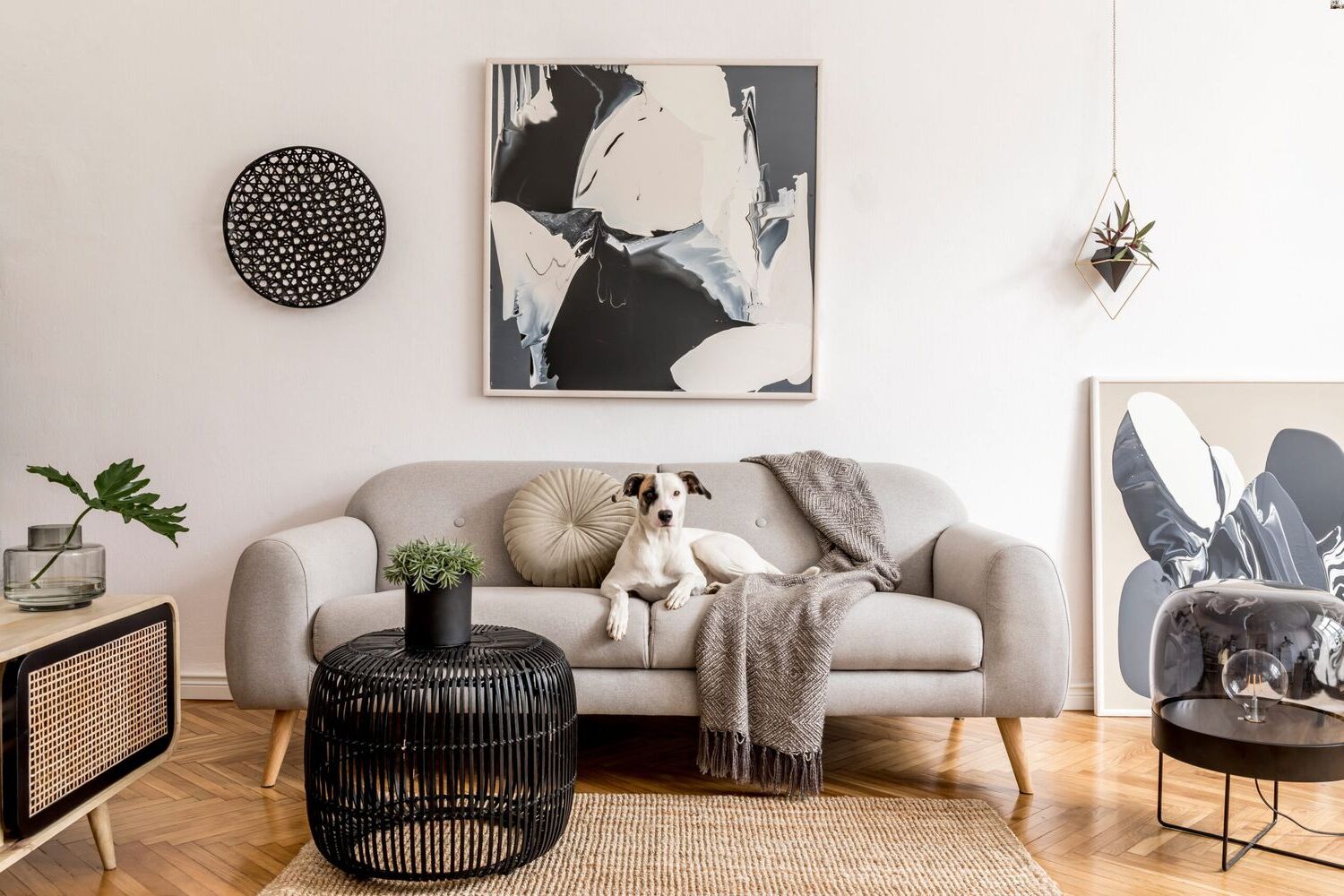
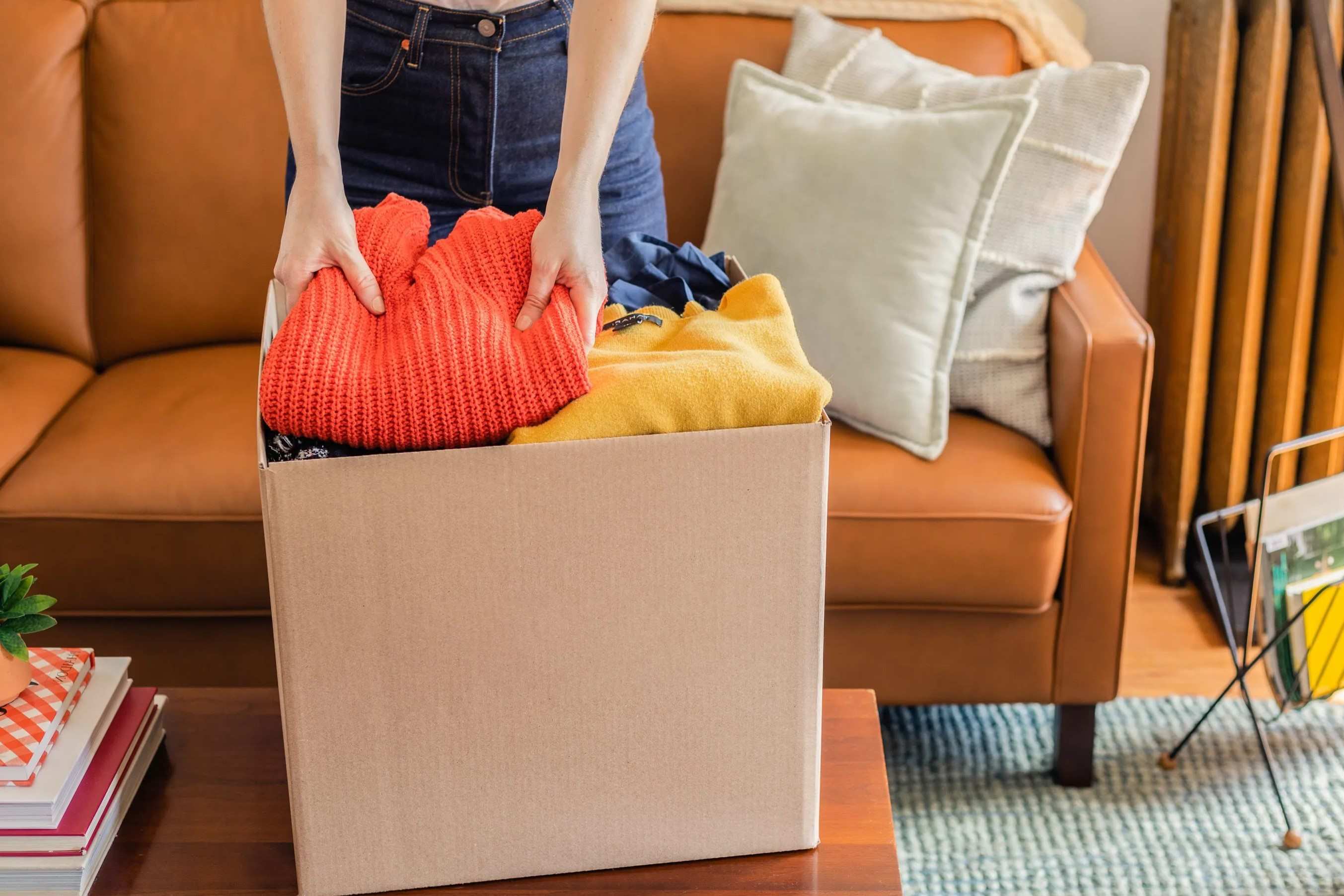
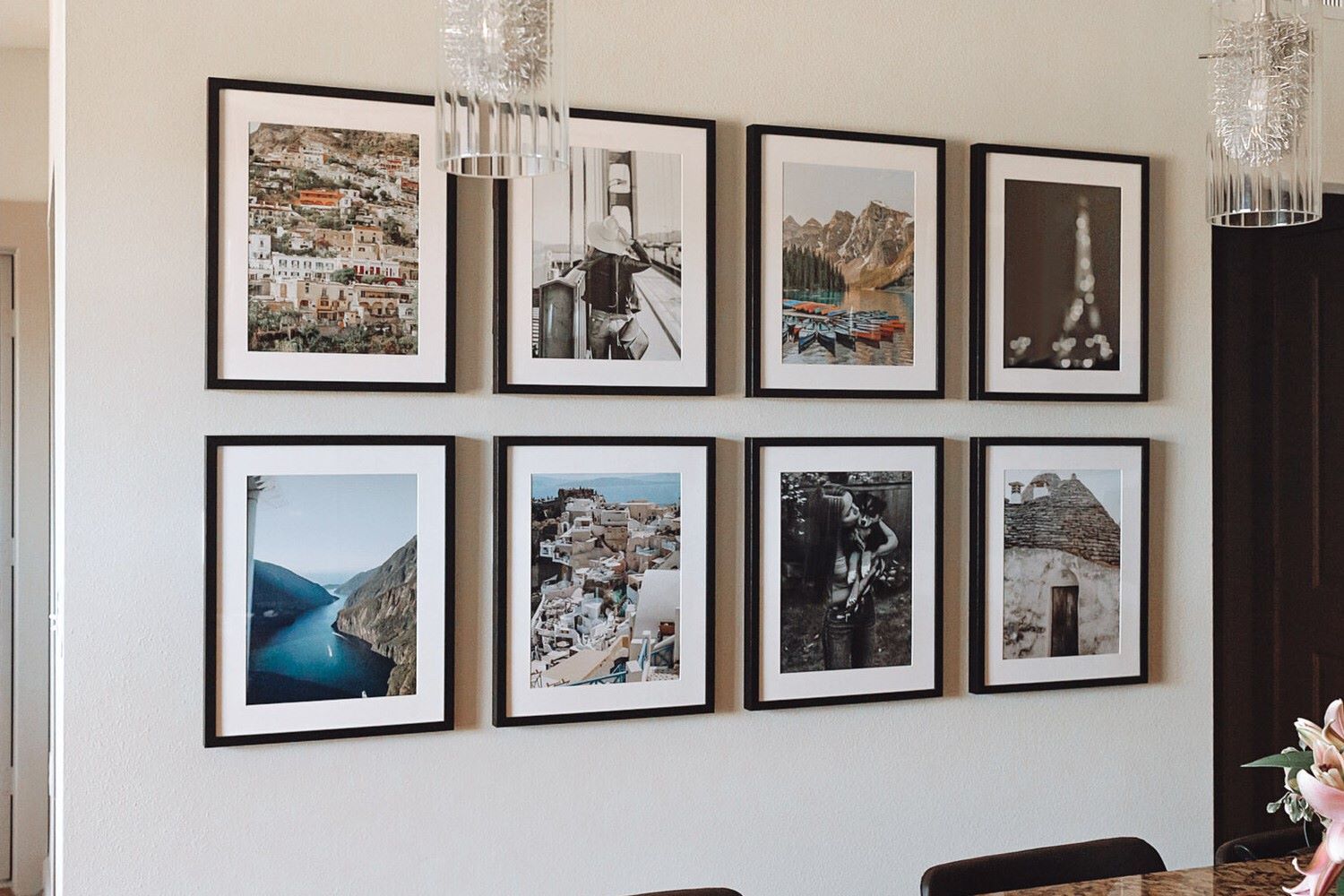
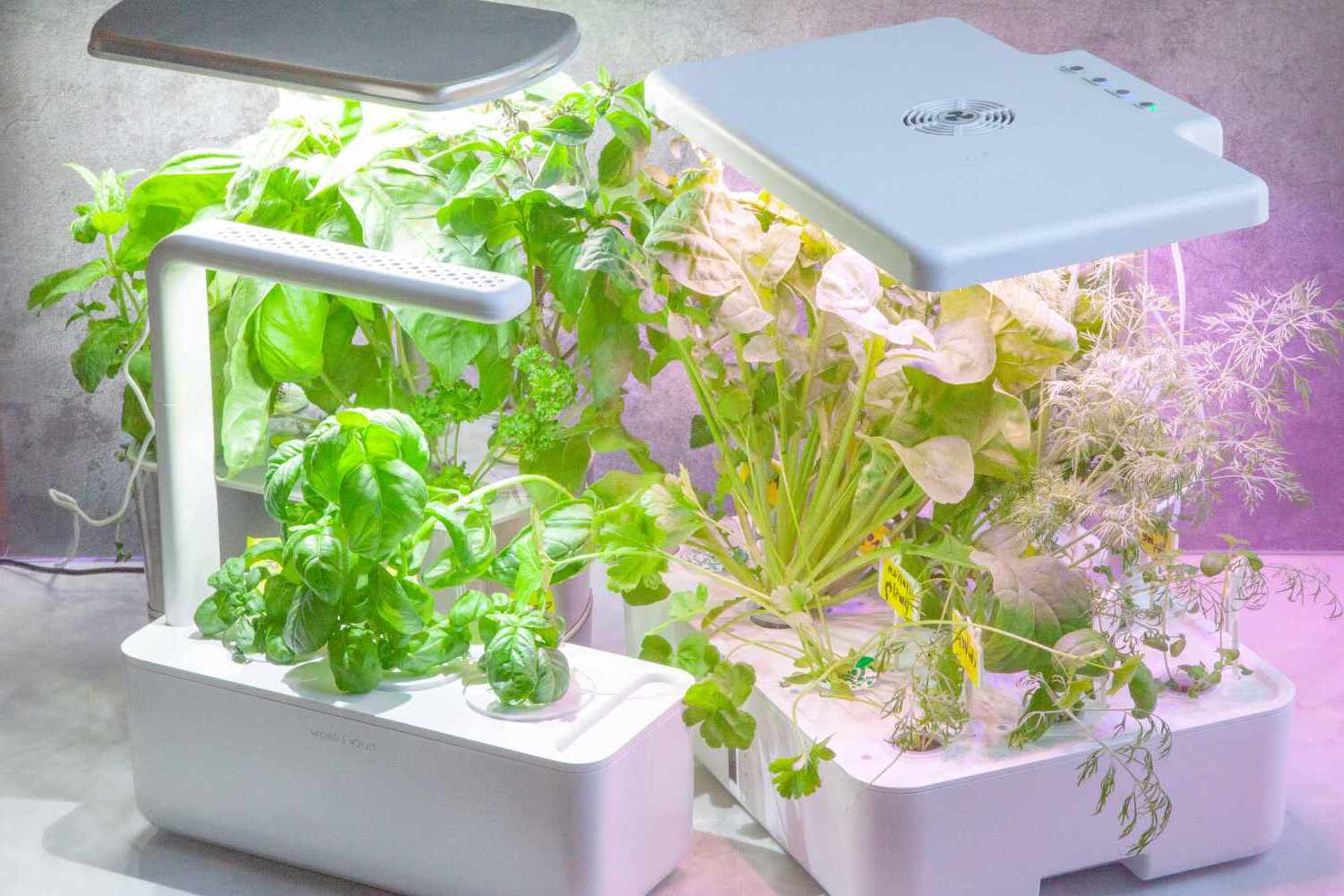
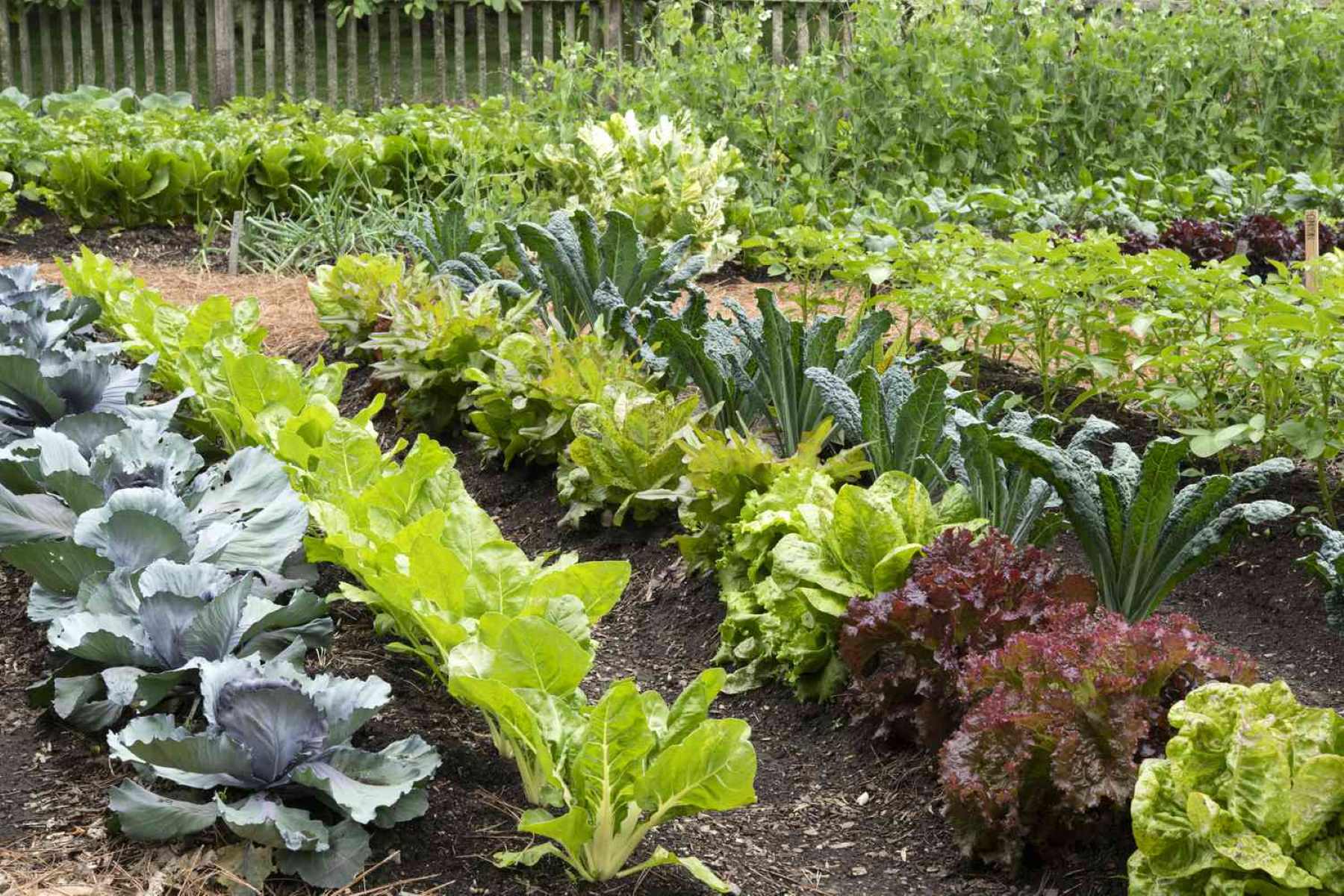
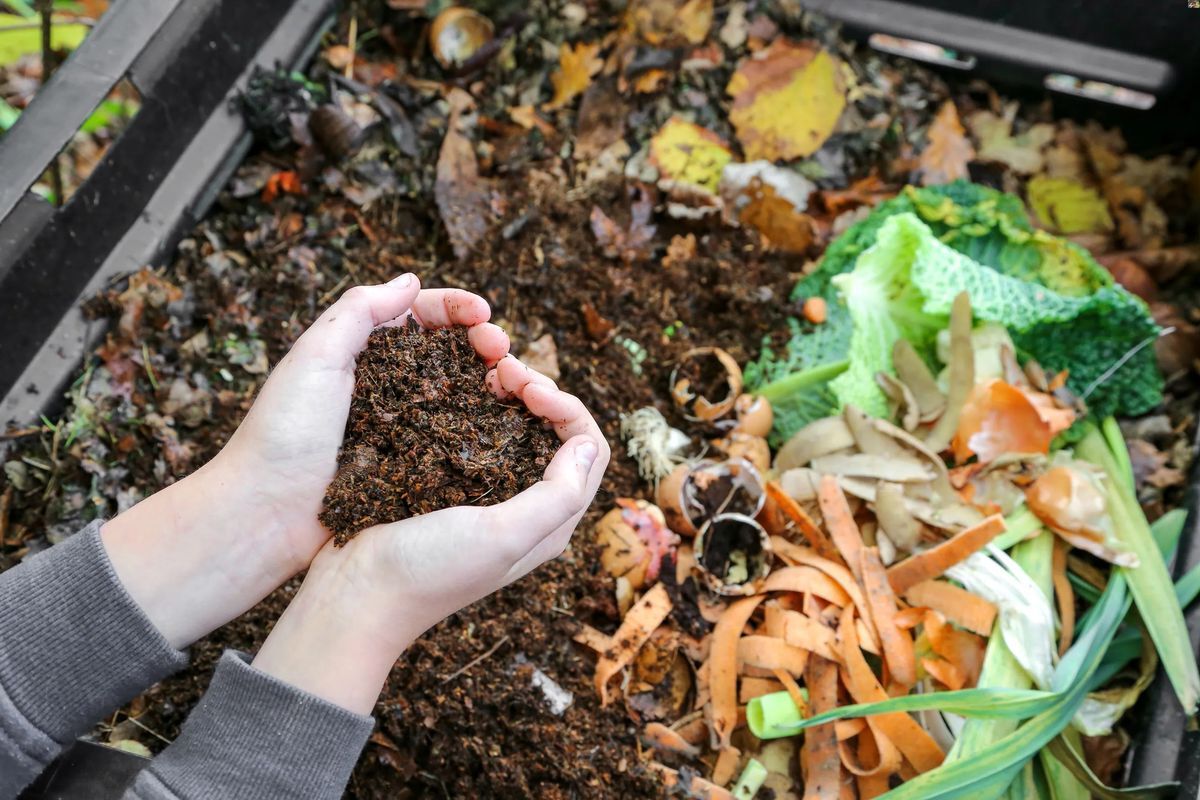
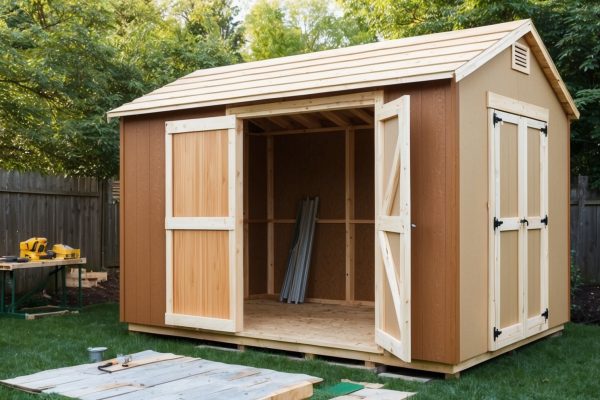
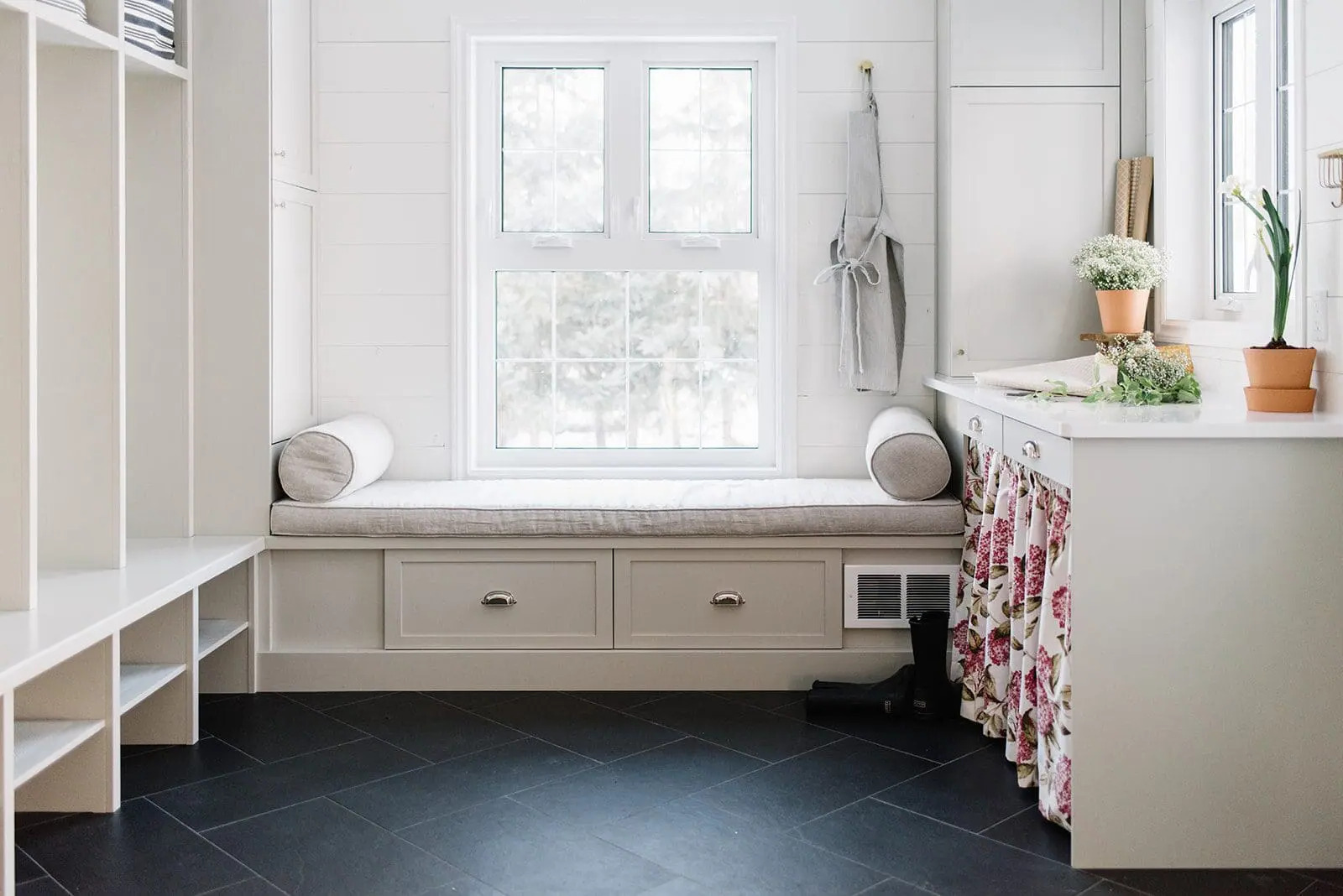
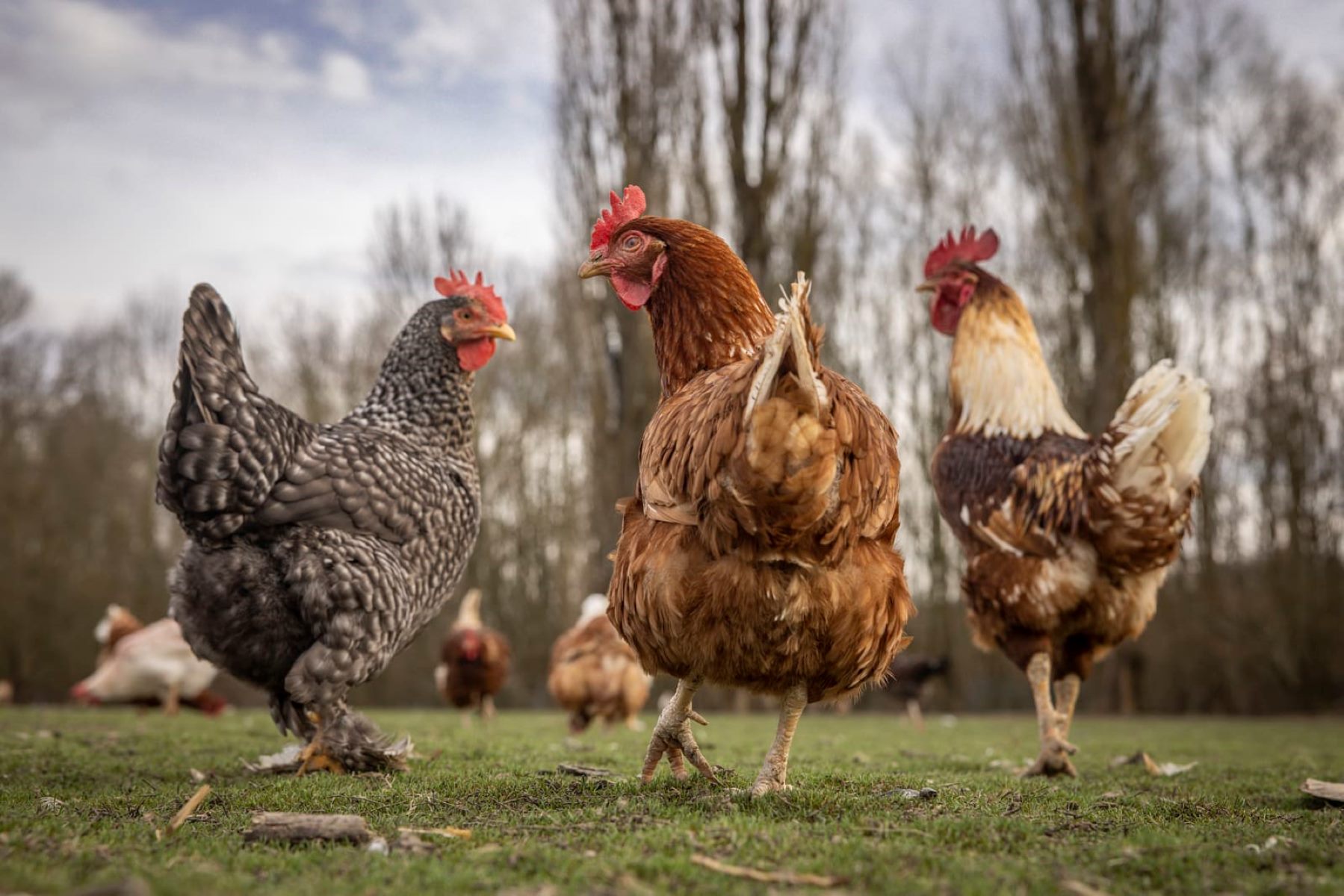
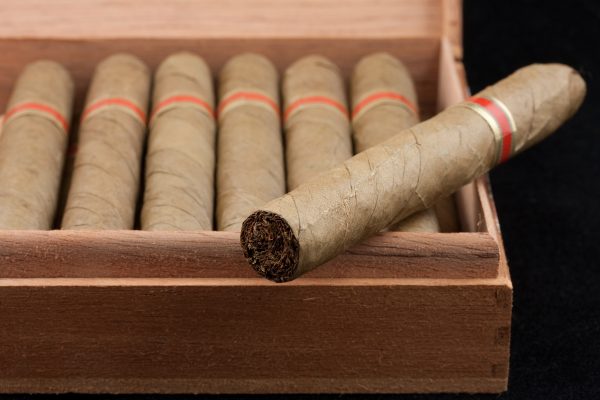
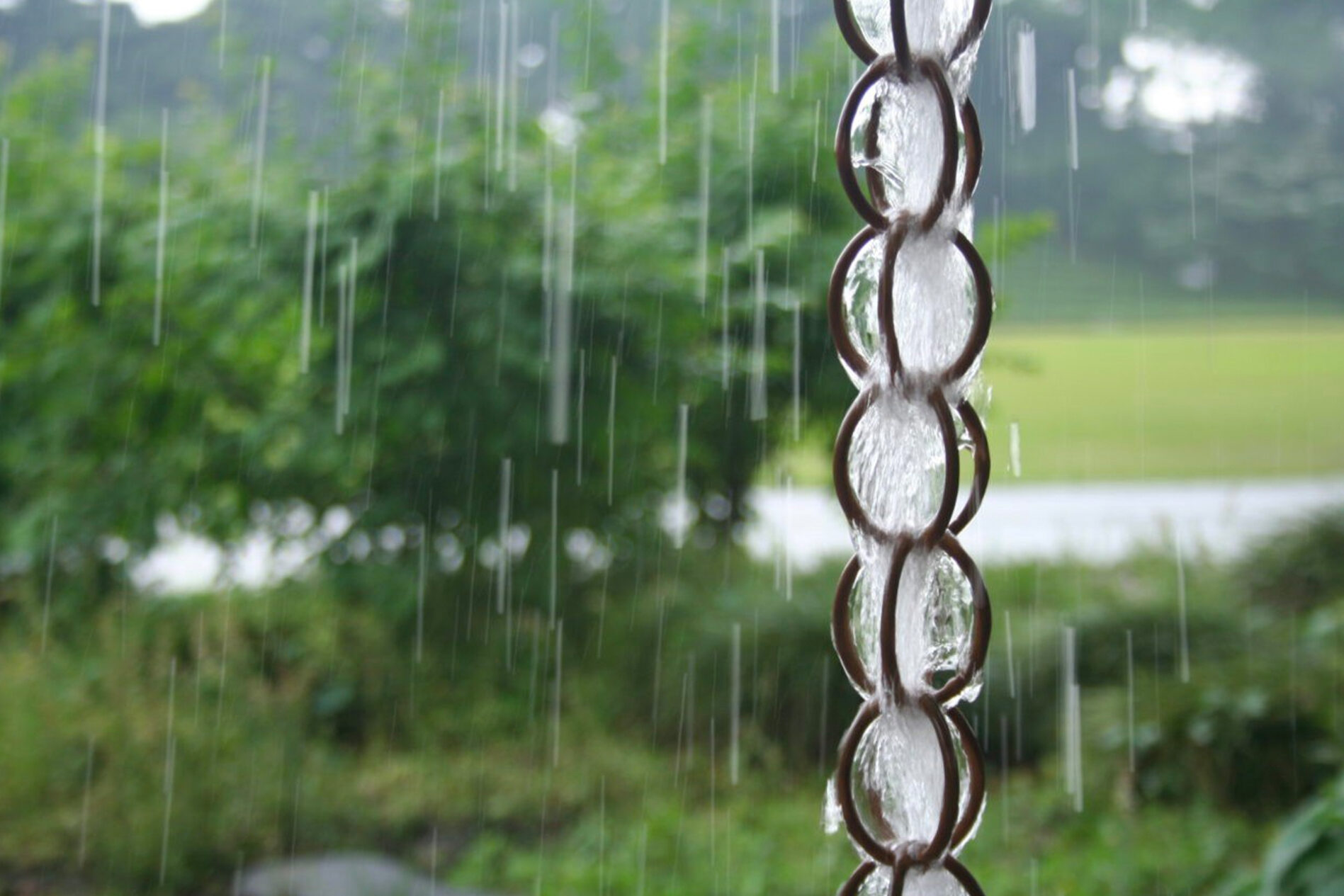

0 thoughts on “Creating A Home Composting System: A Beginner’s Guide”